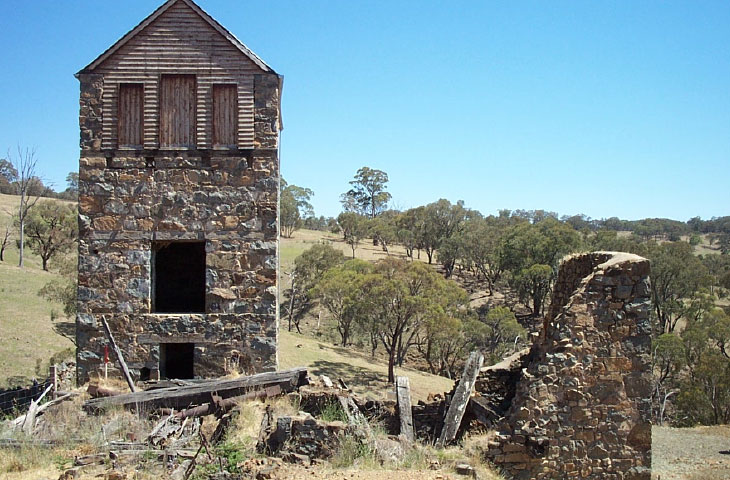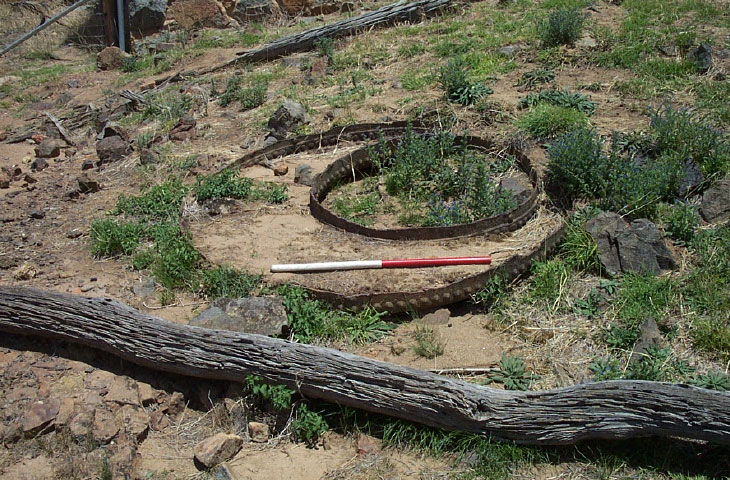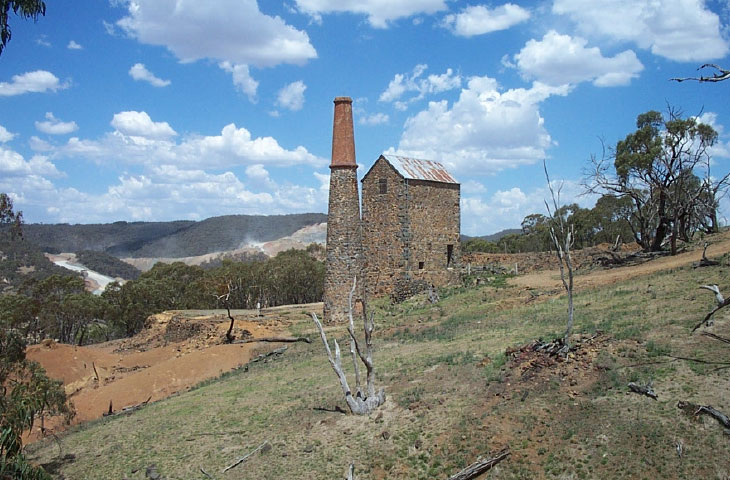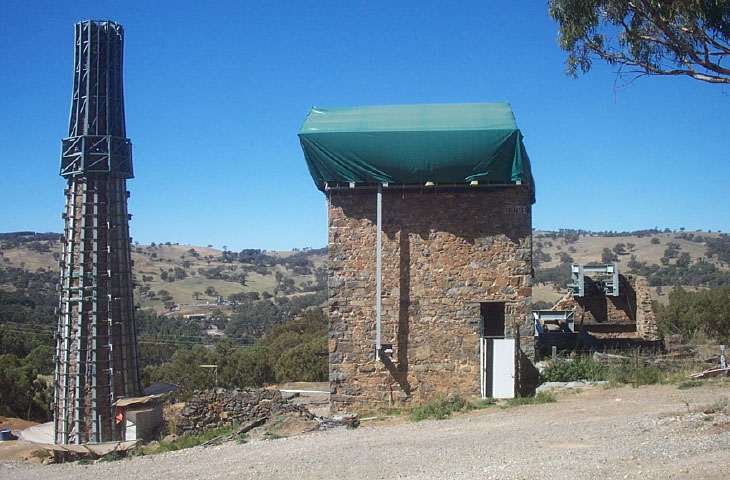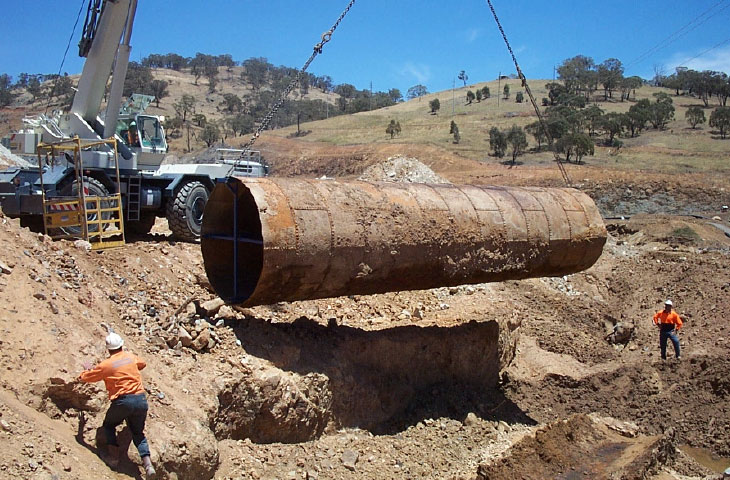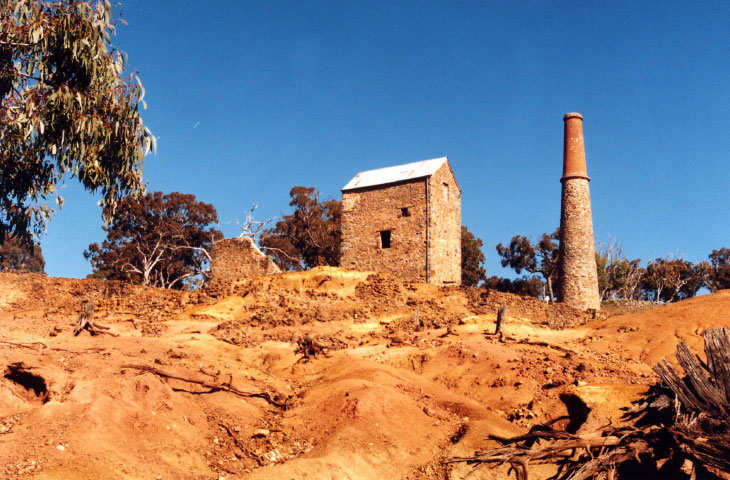Archaeological Sites
- Archaeological Sites
- Errowanbang – Pastoral Station.
- Little Cadia Copper Mine.
- Copper Smelter No. 1.
- Cadia Engine House and the West Cadia Mines (North Section & South Section).
- Cadia Engine House – Its Significance and Conservation.
- Cadia Village – archaeological investigations, 2002.
- Cadia Village – finding the buildings in the 1861 inventory.
- The Chaplain’s House or Underground Manager’s House (Site W001).
- Cadia Village – unexpected results from West Cadia Village.
- Cadia Village – the house that grew and grew.
- Cadia Village – Miners’ Huts.
- Cadia Village – The Bon Accord Hotel.
- Cadia Village – the Cadiangullong Store and the Old Village Centre.
- Artifacts, Assemblages and Life Paths.
- Cadia Cemetery, 1864-1927.
- Waringa Farm – the story of a Conditional Purchase.
- Tunbridge Wells – a history of farm amalgamation.
- Te Anau Homestead – the Holman connection with Cadia continues to 1956.
- Tynan’s Slaughterhouse – from farm to slaughterhouse.
- Wire Gully Gold Diggings and Farm.
Cadia Engine House – Its Significance and Conservation.
Significance.
The Cadia Engine House is of national significance, not only because the buildings have partially survived, along with the chimney and some of the engine parts, but also because the mine site has not been heavily worked since the late 1860s, preserving the main elements of all the above ground workings.
While the engine layout is characteristic of Cornish mining machinery, it is the combination of all the surviving elements that makes the site so significant. Three things are unique about this engine house:
1. It is the only engine house in New South Wales.
2. “No parts of any other beam engine used on an Australian mining site are known to exist”.
3. “No original drawing of any other Cornish engine or engine house erected in Australia is known to exist.”
Conservation.
In order to preserve the historical significance of the Cadia Engine House, Newcrest Mining1, in conjunction with the NSW Heritage Office, restored the Engine House and Chimney in 1994. The Engine House, Chimney and surrounding area are listed on the NSW State Heritage Register.
The Engine House crushing room and chimney are protected by metal bracing to prevent any damage due to mine blasting or deterioration. Blast monitors are located at the site to ensure mine blasts do not exceed the limits set by state government.
The section of the Cornish boiler that had been used as a culvert under Old Cadia Road was returned to an area near the Engine House in December 2002.
The roof of the Engine House was removed by Newcrest Mining1 to enable the strengthening work to take place on the Engine House. The roof was constructed by Newcrest1 in the 1990s as part of a restoration project in the area. When the strengthening work is removed, the roof will be installed on the Engine House.
1 Newcrest Mining was acquired by Newmont Corporation in 2023.
